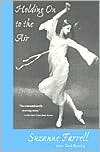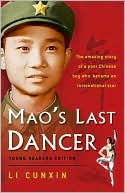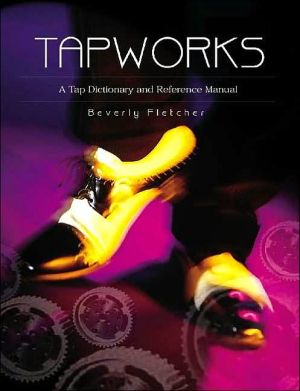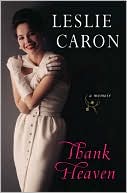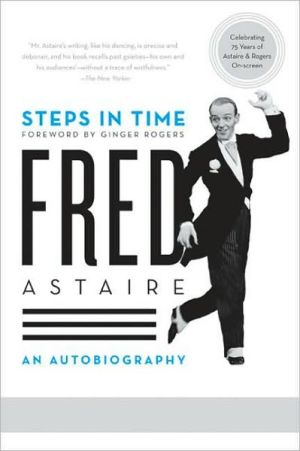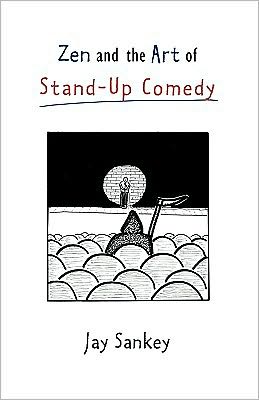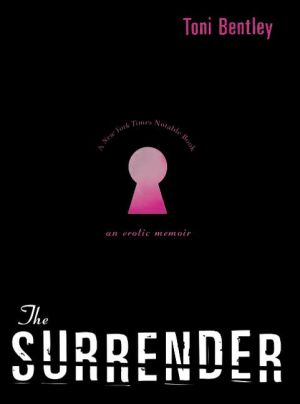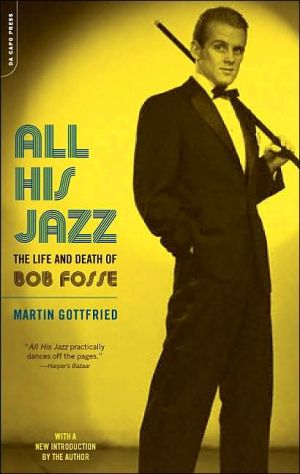Holding on to the Air: An Autobiography
"Absolutely spellbinding: ballerina Farrell's autobiography is the story of someone doing exactly what she wanted in life, and loving every minute of it. Through her work with George Balanchine, it is also the story of one of the greatest artistic collaborations in dance. . . . An uplifting, splendid memoir."--Kirkus\ "An extraordinarily moving story."--New York Times Book Review\ "Farrell's story is not only that of a great dancer but of a great star. . . . this book is important. The...
Search in google:
A beautifully told, self-revealing yet graceful account by one of the United States' more renowned ballerinas, Suzanne Farrell. Invited to join the New York City Ballet in 1961 by George Balanchine, she became perhaps his most famous muse, dancing in his company and in others. B&w photographs. First published in 1990 and reissued with a new preface by the author. Annotation (c)2003 Book News, Inc., Portland, OR Publishers Weekly Farrell, for years the chief muse of New York City Ballet cofounder and master choreographer George Balanchine, has led an extraordinary, frequently controversial life. Here with former NYCB dancer Bentley, she tells of it with humility, integrity, wit and sophistication. Farrell's is first of all a classically American story of a self-made woman: growing up a tomboy and a dance student in a broken home in Cincinnati, Ohio, she struck out at 15 for Manhattan with her mother and sisters on the chance that she might be accepted into the famed School of American Ballet. Discovered, aesthetically molded and eventually wooed by Russian-born Balanchine, she left NYCB in 1969 after it became apparent that her husband, dancer Paul Mejia, could have no career there so long as Mr. B.'s jealous moods prevailed. Farrell returned to the company in 1974 and retired in 1989 at the age of 44, one of the century's greatest ballerinas. The details of her decades as a dancer vie in interest here with those of her private self; she is both discreet and incisive in her views of on- and offstage events. Photos not seen by PW. BOMC alternate. (Sept.)
\ Publishers Weekly - Publisher's Weekly\ Farrell, for years the chief muse of New York City Ballet cofounder and master choreographer George Balanchine, has led an extraordinary, frequently controversial life. Here with former NYCB dancer Bentley, she tells of it with humility, integrity, wit and sophistication. Farrell's is first of all a classically American story of a self-made woman: growing up a tomboy and a dance student in a broken home in Cincinnati, Ohio, she struck out at 15 for Manhattan with her mother and sisters on the chance that she might be accepted into the famed School of American Ballet. Discovered, aesthetically molded and eventually wooed by Russian-born Balanchine, she left NYCB in 1969 after it became apparent that her husband, dancer Paul Mejia, could have no career there so long as Mr. B.'s jealous moods prevailed. Farrell returned to the company in 1974 and retired in 1989 at the age of 44, one of the century's greatest ballerinas. The details of her decades as a dancer vie in interest here with those of her private self; she is both discreet and incisive in her views of on- and offstage events. Photos not seen by PW. BOMC alternate. (Sept.)\ \ \ \ \ Library JournalThe dance world has been waiting to hear Farrell's story ever since this noted ballerina retired from the New York City Ballet in 1989, six years after the death of NYCB director George Balanchine, acknowledged choreographic genius of this century. As Balanchine's muse and center of his attentions, she collaborated with him in the creation of his most enduring ballets. Though she could not reciprocate in kind when he fell in love with her, she speaks with real feeling of their mutual devotion, which found its physical consummation in their work together at the ballet studio and in her performances for him onstage. The book's highest appeal will be to the dance audience; ballet students and fans will find it fascinating. It is essential for any performing arts collections. Previewed in Prepub Alert, LJ 5/15/90.-- Sheila Riley, Smithsonian, Washington, D.C.\ \
